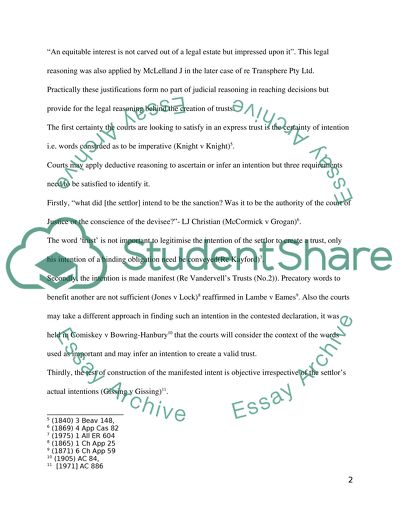Cite this document
(“Property law assignment task about self-declaration of trusteeship Essay”, n.d.)
Retrieved from https://studentshare.org/environmental-studies/1410057-property-law-assignment-task-about-self
Retrieved from https://studentshare.org/environmental-studies/1410057-property-law-assignment-task-about-self
(Property Law Assignment Task about Self-Declaration of Trusteeship Essay)
https://studentshare.org/environmental-studies/1410057-property-law-assignment-task-about-self.
https://studentshare.org/environmental-studies/1410057-property-law-assignment-task-about-self.
“Property Law Assignment Task about Self-Declaration of Trusteeship Essay”, n.d. https://studentshare.org/environmental-studies/1410057-property-law-assignment-task-about-self.


